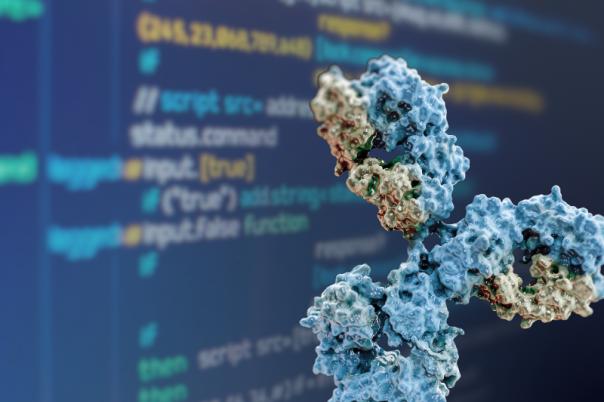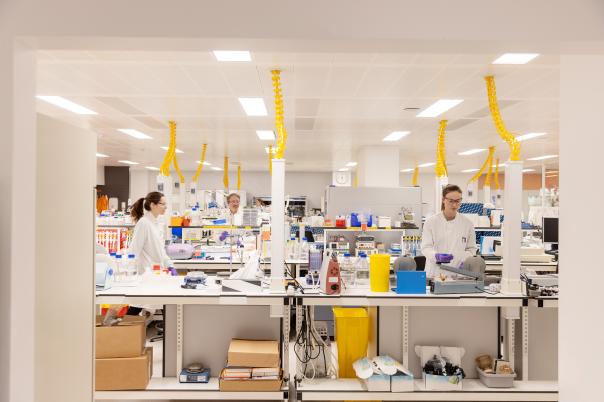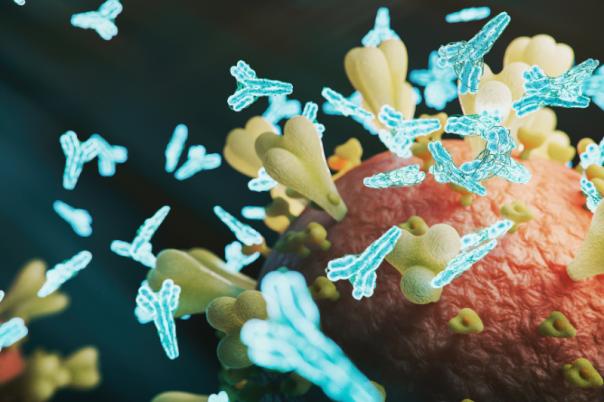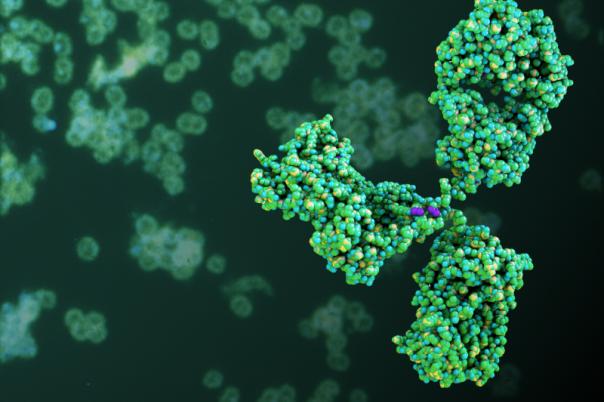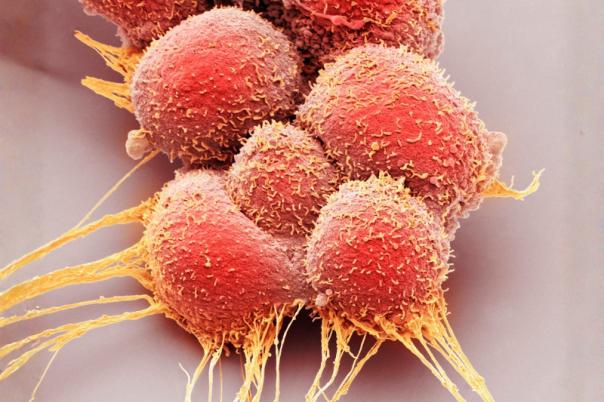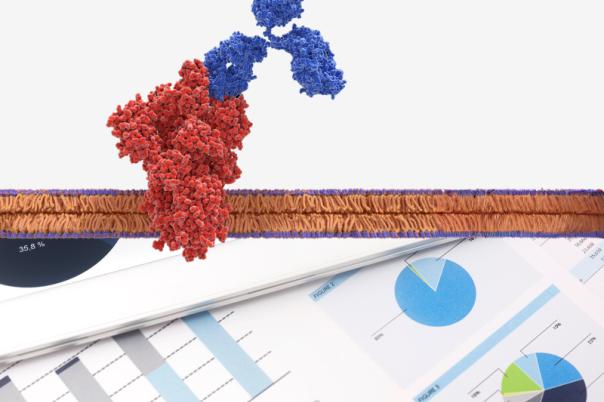Oxford Global’s September 2025 Thought Leadership webinar for our NextGen Biomed community brings together leading voices from academia and industry to explore how tumour biology, chemical engineering, and artificial intelligence are driving the next generation of antibody-drug conjugates (ADCs) and shaping clinical integration. You can watch the full recording of this webinar here, and this article provides an overview of the dynamic panel discussion.
Our Thought Leader for this session was Dr Victor Jeffrey Leyton, Associate Professor in the School of Pharmaceutical Sciences and the Department of Cellular and Molecular Medicine at the University of Ottawa. Joining the discussion was a wonderful group of panellists - Professor Sophia Karagiannis, Professor of Translational Cancer Immunology and Immunotherapy at King’s College London; Sharsti Sandall, Executive Director and Head of ADC Biology at Pfizer; and Stuart Barnscher, Senior Director of Preclinical Programs and ADC Therapeutic Development at Zymeworks.
Dr Leyton reflected on his early interest in antibody-based therapeutics, tracing his research path from radiolabelled antibodies to nuclear-targeted platforms and, ultimately, to ADCs. He emphasised that while chemistry has historically led ADC innovation, the field has now reached a level of maturity where tumour biology must take centre stage. His current research seeks to interconnect underlying biological features of tumours with existing linker-payload toolkits, while applying artificial intelligence to identify optimal ADC designs. This biology-driven approach aims to address persistent issues such as high attrition rates, unsustainable economic models, and unexpected toxicities in clinical development.
Molecular imaging was highlighted as a critical tool, providing insight into biodistribution, tumour uptake, and off-target effects. Dr Leyton explained that imaging requirements differ from therapeutic demands, noting that antigen expression and intracellular transport remain insufficiently standardised despite their central role in ADC design. He also emphasised the need for frameworks that better connect biological understanding with therapeutic strategies.
The challenges of translation were another focus. While randomised trials remain the benchmark for regulatory approval, real-world evidence often uncovers unexpected toxicities or limited efficacy, sometimes leading to withdrawals of approved ADCs. Dr Leyton argued that greater precision in preclinical strategies, combined with AI-guided biological mapping, could help overcome these barriers. He noted examples from his own research on HER2-related toxicities and AI-driven design in acute lymphoblastic leukaemia as areas where this approach is being applied.
The panel explored antigen targeting, tumour heterogeneity, and payload design. Professor Karagiannis stressed the complexity of identifying targets that are abundant in tumours but minimally expressed in healthy tissue. She noted that even medium or low antigen expression could be clinically useful when paired with payloads capable of bystander killing. HER2 was contrasted with less abundant but promising targets such as PD-L1, highlighting how biological context shapes ADC potential.
Dr Barnscher added that heterogeneity exists not only between patients but also within individual tumours. Zymeworks has pursued bispecific ADCs to address this challenge by targeting multiple antigens simultaneously and potentially affecting elements of the tumour microenvironment. He noted, however, that payload choice must align carefully with such strategies. The discussion also considered engineering innovations such as pH-sensitive binding and bispecific constructs to enhance internalisation and immune responses.
Dr Sandall described Pfizer’s approach, which draws on a wide library of small molecules to refine payload design. Current development is moving beyond broad-spectrum cytotoxics towards more targeted inhibitors, such as CDK2 blockers. She pointed to collaborative work, including Professor Karagiannis’ research, where biology-matched payloads achieved striking efficacy in resistant cancers. On linker design, Dr Sandall explained the differences between cleavable and non-cleavable approaches, but emphasised that much of this remains empirical. She suggested that systematic studies, potentially supported by AI, are needed to improve predictability.
The panel also considered toxicity modelling. While assays for bone marrow toxicity are well established, other toxicities remain difficult to predict. Dr Barnscher warned that preclinical models are inherently limited, citing examples where promising immunostimulatory ADCs failed to translate clinically. He called for retrospective analyses of both successful and unsuccessful programs, supported by greater data sharing between academia and industry.
Looking to the future, the panel identified artificial intelligence as a valuable tool for guiding ADC design. Dr Barnscher described its potential to streamline antibody optimisation, while Professor Karagiannis emphasised the role of reverse translation, where clinical trial outcomes feed back into laboratory models. Dr Sandall acknowledged the challenges posed by unpublished or proprietary data but highlighted AI’s ability to accelerate rational selection. Dr Leyton explained that his team integrates omics data from tumour cell lines with ADC structure-activity relationships to generate predictive models for prioritising candidates earlier in development.
This webinar underscores both the remarkable progress and persistent challenges in ADC development. The field has reached a critical juncture where biological insights, rational payload selection, and advanced modelling must converge with chemistry to enable safer, more effective therapies. While empirical approaches remain central, the integration of artificial intelligence and reverse translation offers pathways to greater precision. With a growing portfolio of approved ADCs providing real-world insights, and new collaborations bridging academia, industry, and technology, the next generation of ADCs promises to be more innovative, efficacious, and clinically impactful than ever before.
